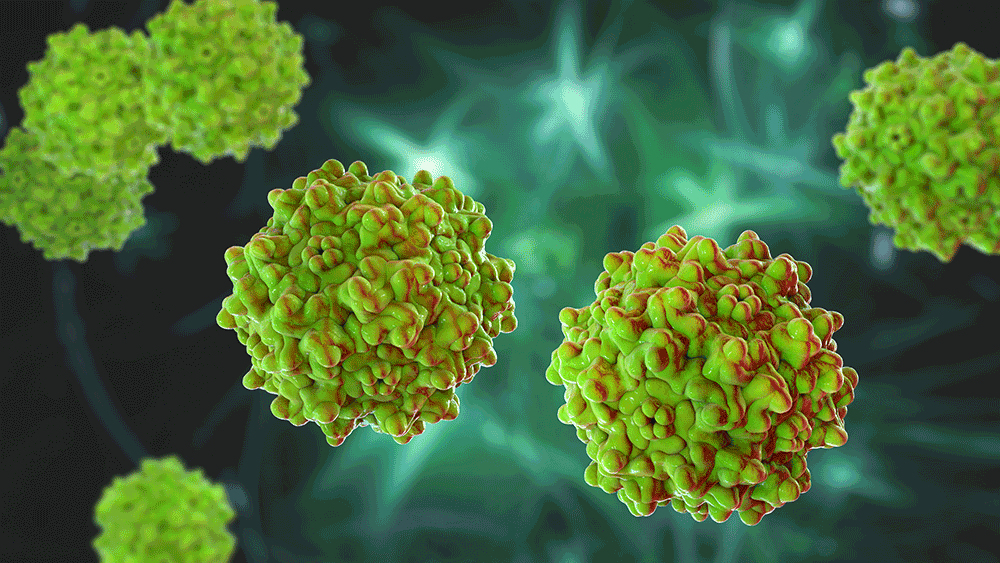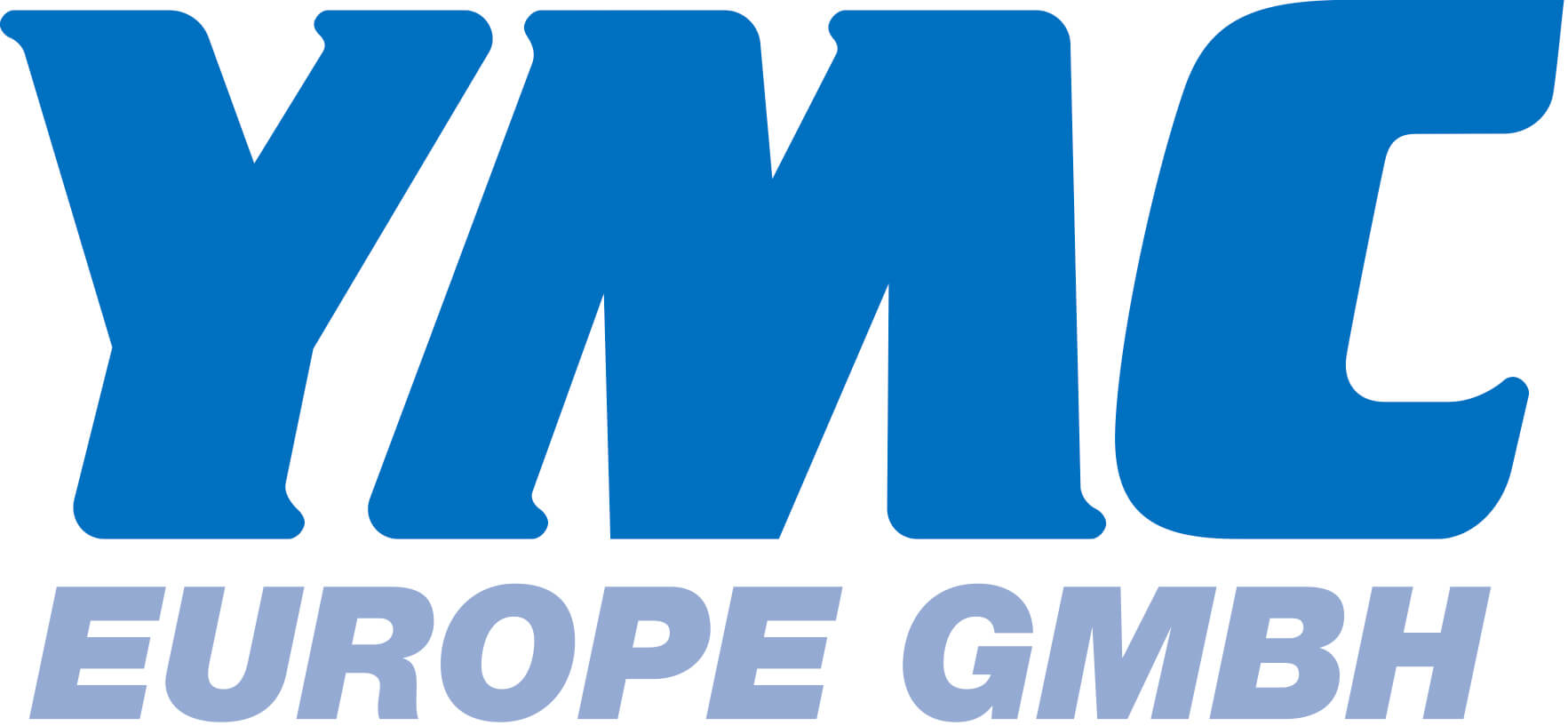Introduction
The Cell and Gene Therapy industry relies heavily on Adeno-Associated Viruses (AAVs) as a therapeutic delivery platform. AAVs carry immense potential for the treatment of genetic disorders due to the optimized tissue and cell specificity of various AAV serotypes and their ability to edit the genome precisely. Other AAV benefits include their generally low immunogenicity, long-term gene expression, and non-pathogenic behavior. As illustrated in the BioPhorum whitepaper “An Industry Perspective on Understanding AAV Capsid Content Variants”, analytical scientists need efficient and accurate analytical methods to assess the quality of AAV vectors.
Anion-exchange (AEX) chromatography is a powerful method for determining the proportion of empty and filled AAV capsids. The empty/full ratio is a critical quality attribute for AAV biotherapeutic characterization. However, traditional AEX methodologies heavily rely on toxic eluents such as tetramethylammonium chloride (TMAC) for separation.






